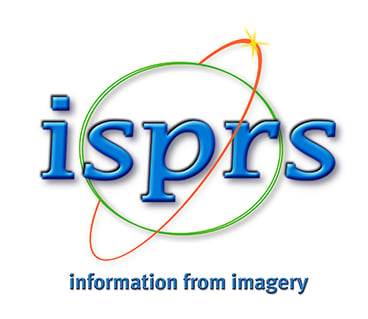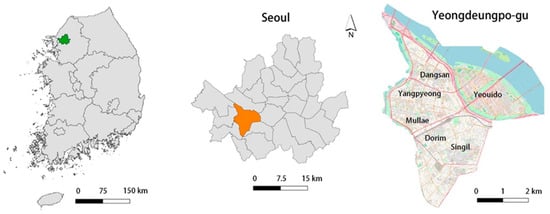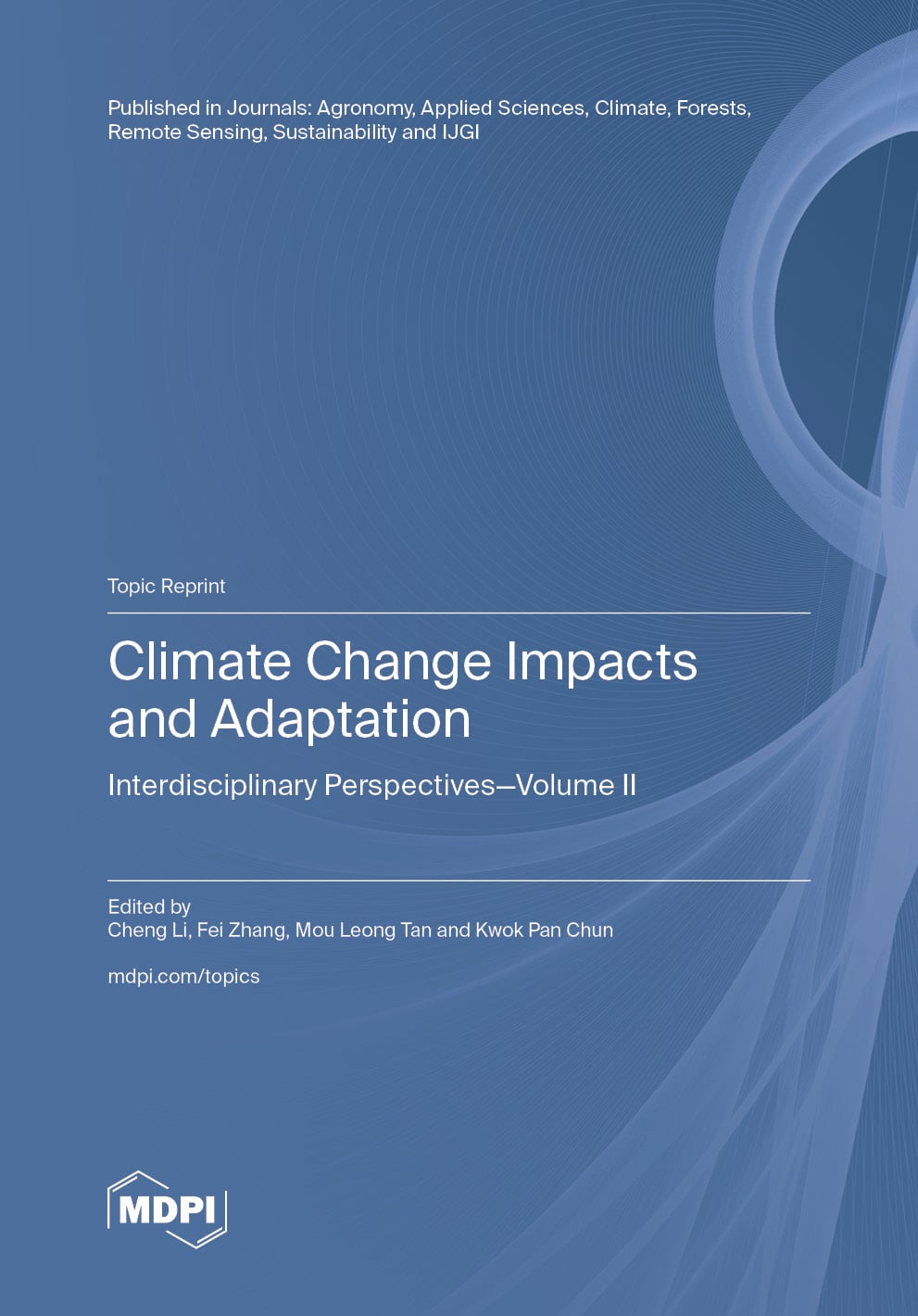- Article
Modeling and Explaining Perceived Fear of Crime from Street View Imagery Using a GeoAI Framework
- Somang Kim,
- Jaeyeon Choi and
- Youngok Kang
Understanding the spatial distribution and determinants of perceived fear of crime is essential for enhancing urban safety and promoting equitable city development. This study models and explains perceived fear of crime from street view imagery using a GeoAI framework that integrates deep learning, semantic segmentation, and explainable AI techniques. Focusing on Yeongdeungpo-gu in Seoul, South Korea—a district characterized by diverse urban morphologies—we collected 171,942 pairwise comparison responses through a large-scale crowdsourced survey designed to capture visual perceptions of crime-related fear. A Vision Transformer-based Siamese network (RSS-Swin) was employed to predict continuous fear-of-crime scores, while semantic segmentation (SegFormer-B5) and AutoML regression were applied to identify built-environment features influencing these perceptions. SHAP-based interpretability analysis was then used to quantify the importance and interactions of key visual elements. The results reveal that open and accessible streetscape components, such as roads and sidewalks, consistently mitigate perceived fear, whereas enclosed or unmanaged features, including walls, poles, and narrow alleys, heighten it. Moreover, the effects of vegetation, fences, and buildings vary across spatial contexts, emphasizing the need for place-sensitive interpretation. By integrating predictive modeling and explainable analysis, this study advances a transparent and scalable GeoAI framework for understanding the visual and environmental determinants of crime-related fear and supporting perception-aware CPTED strategies.
31 December 2025





